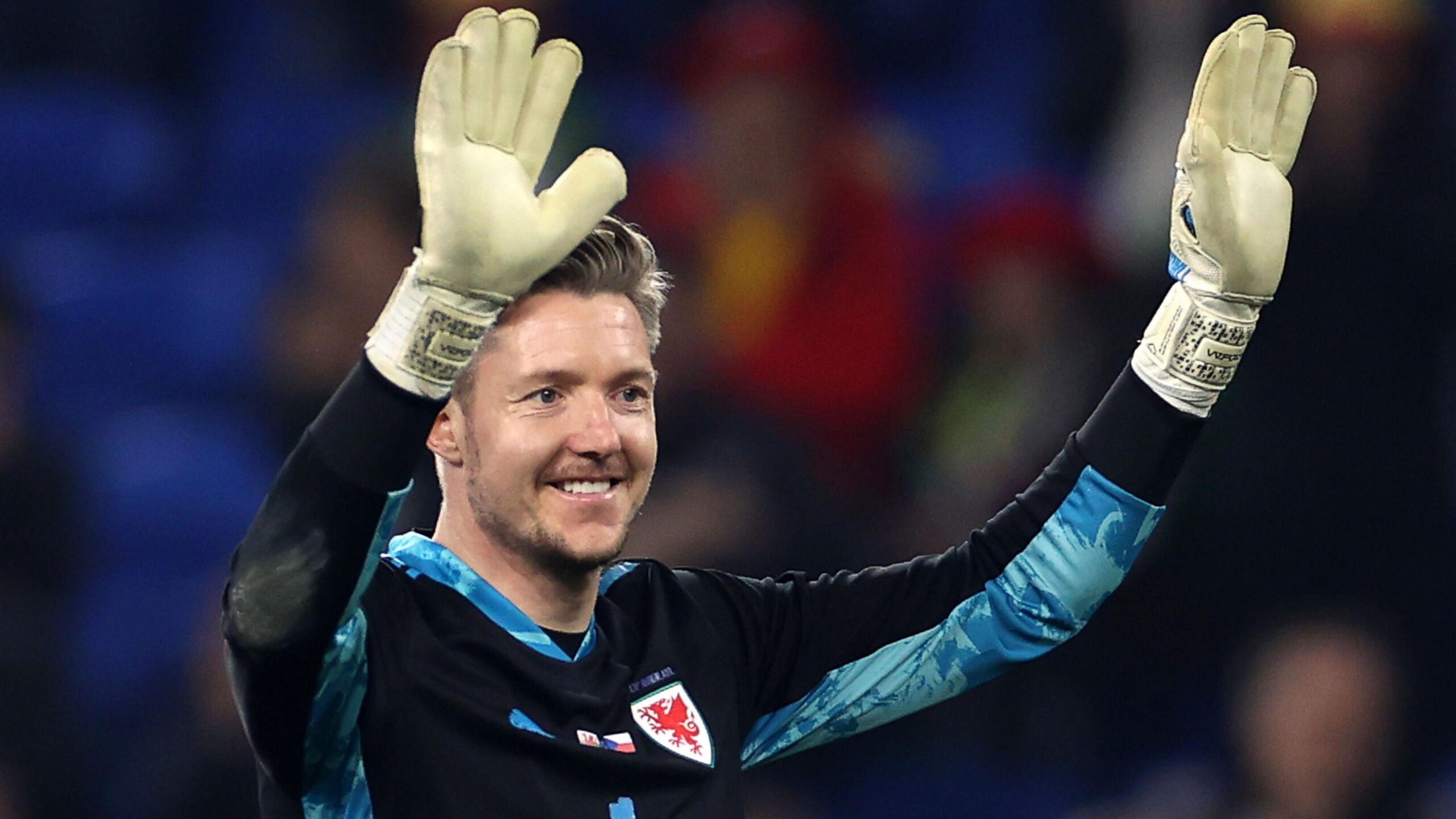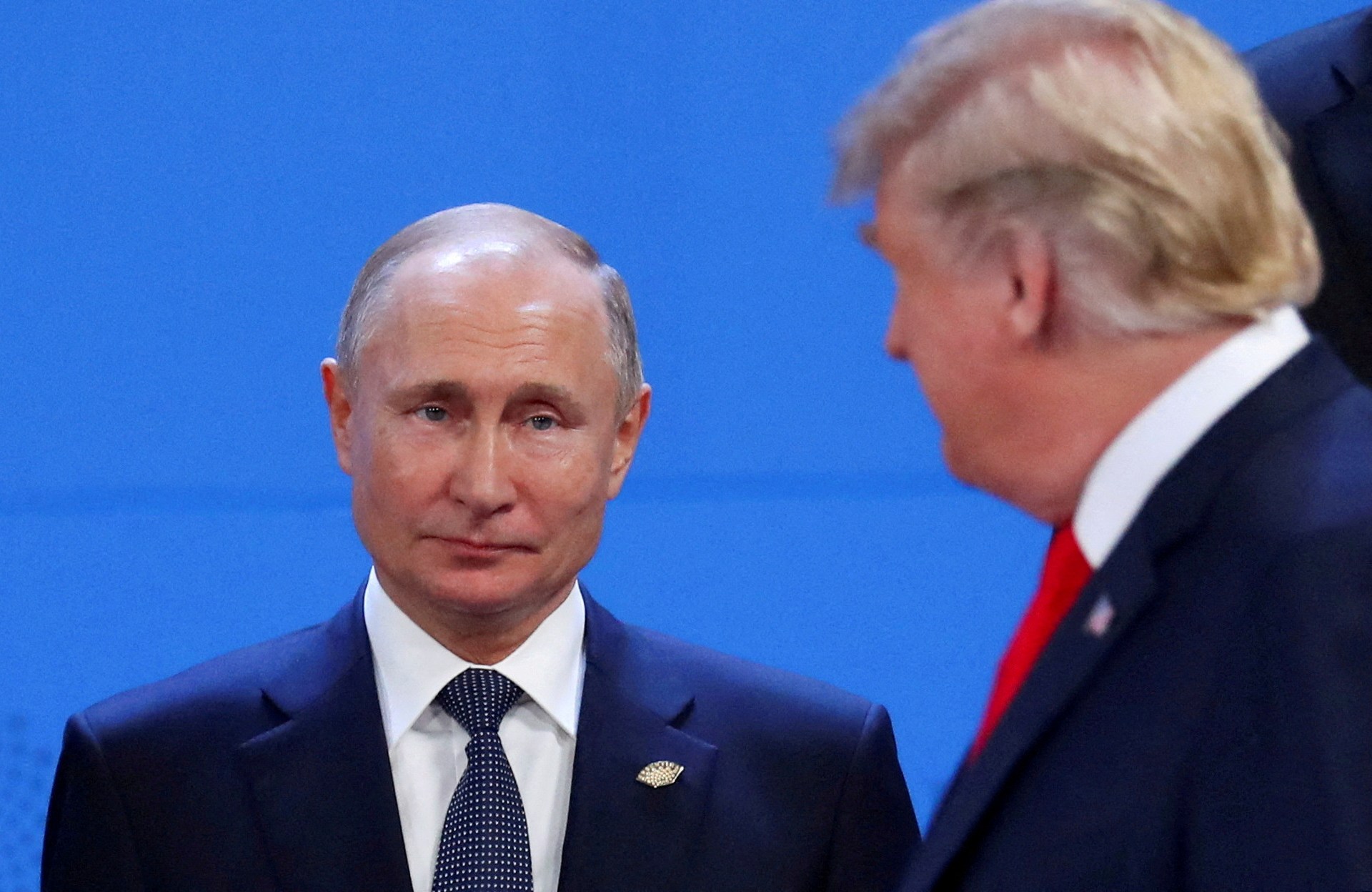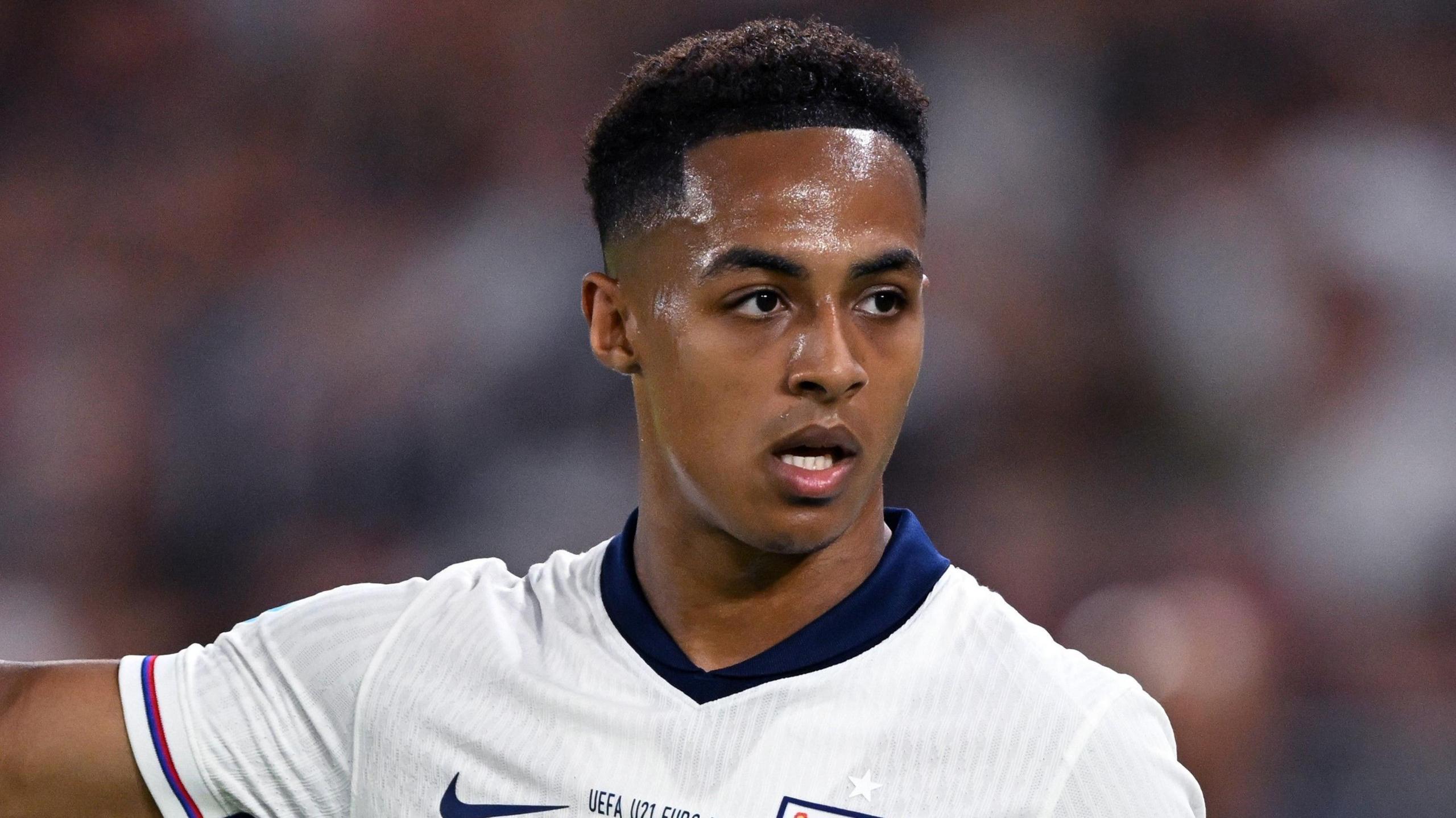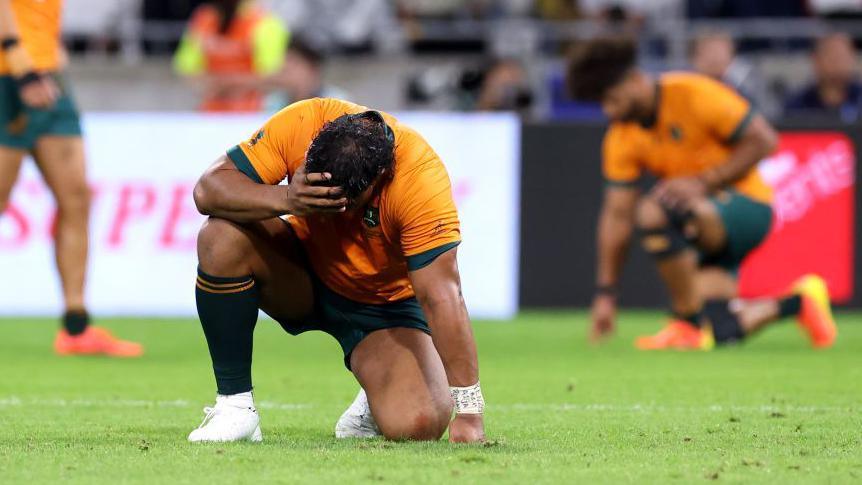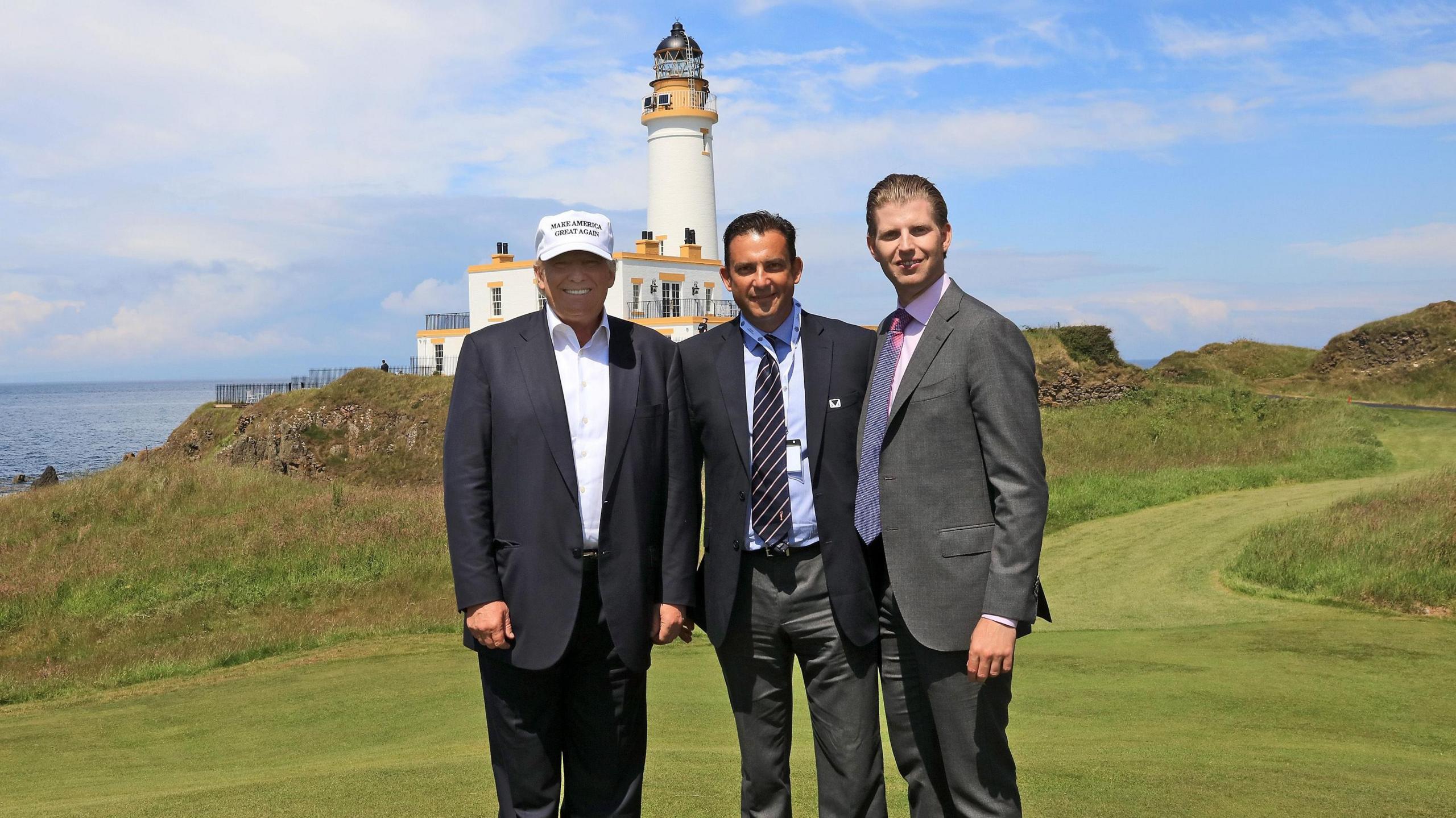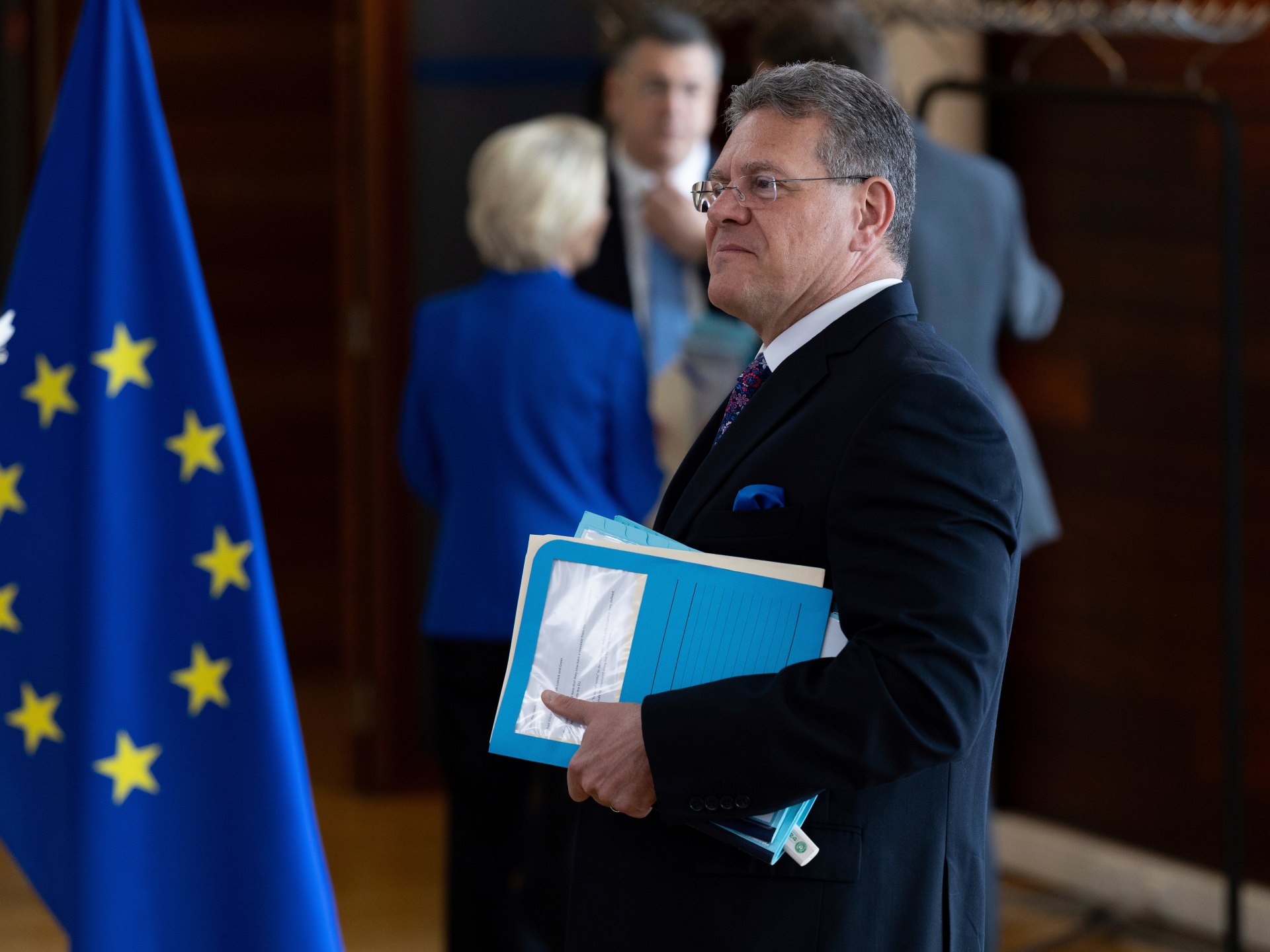- 168 Comments
Wales’ most-capped goalkeeper Wayne Hennessey has retired from playing.
The 38-year-old’s career lasted almost two decades, during which he played 109 times for Wales – a national record in his position – and was part of the side that reached the semi-finals of Euro 2016.
Hennessey made his professional club debut in 2006 for Wolverhampton Wanderers, playing on loan for clubs including Bristol City, Stockport County and Yeovil Town, before permanent moves to Crystal Palace, Burnley and his final club Nottingham Forest.
Hennessey made just nine appearances for Forest after joining on a free transfer from Burnley in 2022, with a serious Achilles tendon injury at the end of the 2023-24 season curtailing his involvement.
Despite a lack of games, Forest boss Nuno Espirito Santo still offered Hennessey a new short-term deal in January 2025 until the end of the season.
“I have amazing memories playing for both club and country,” Hennessey added.
“From my early days at Wolves, loans at Stockport and Yeovil, and my time with Crystal Palace, Burnley and Nottingham Forest, each club shaped me both on and off the field.
“Having been born and raised in north Wales, it was always my dream to play at the highest level. It was a privilege to play in the Premier League and for my country over 100 times.
“The summer of 2016 was the pinnacle of my career having made the FA Cup final with Palace and the semi-finals of the Euros with my beloved Wales.”
Hennessey made his senior international debut for Wales in a 2–2 friendly draw against New Zealand on 26 May 2007, with his final cap coming as a half-time substitute against Gibraltar in Wrexham in October 2023.
He was instrumental as Wales qualified for Euro 2016, the men’s side reaching their first major international tournament since the 1958 World Cup.
Hennessey missed their opening game of the tournament, a 2–1 victory over Slovakia, because of a back spasm, but started the remaining matches as Wales reached the semi-finals – famously beating Belgium 3-1 win in the quarters – before losing to Portugal.
He was also part of the sides that played at Euro 2020 and then the 2022 World Cup – although during the second group game against Iran, a 2-0 loss, Hennessey became just the third goalkeeper in World Cup history to be sent off, dismissed for a foul on Mehdi Taremi.
The loss of his veteran goalkeeper was another blow to then national boss Rob Page as Wales exited at the group stage.
There had been controversy earlier in Hennessey’s career, when in 2019 he was charged by the Football Association with making an offensive gesture after being pictured in an Instagram post making an alleged Nazi salute.
The charge was found not proven by an independent regulatory commission, with Hennessey saying any resemblance to the gesture was “absolutely coincidental” and that he did not know what a Nazi salute was, although the commission did say this was a “lamentable degree of ignorance”.
But Hennessey’s incident-packed career is now at an end, and he is the last one of the Wales side that started that Euro 2016 semi-final against Portugal to end his playing days.
“It has been an honour to play alongside and against some sensational players and working with some incredible managers, coaches, medical, media and support staff,” added Hennessey, who also thanked his family and agent for their backing.
“I also acknowledge the formidable bond of the goalkeepers’ union I’ve experienced throughout my career: working together day-to-day, supportive and encouraging regardless who starts.
Related topics
- Nottingham Forest
- Welsh Football
- Wales Men’s Football Team
- Wales Sport
- Football
